


Sources: Markus Spiske (2019)
Though climate change is naturally occurring phenomenon, human activity has drastically increased the rate of climate change, which will have devastating effects on the environment and all the animals, including humans, which depend on it. Read through the resources below to learn more about how human activity is impacting climate change and what it means for the future of the planet.
Climate change refers to long-term shifts in temperatures and weather patterns. These shifts may be natural, such as through variations in the solar cycle. But since the 1800s, human activities have been the main driver of climate change, primarily due to burning fossil fuels like coal, oil and gas. Read through this website to learn more.
This website looks at one of the United Nations Sustainable Development Goals and the six positive actions the UN recommends for a sustainable future.
Climate change, poverty, and inequality are the defining issues of our age. The World Bank Group is the biggest multilateral funder of climate investments in developing countries. Read through this website to see emission reports and sustainability projects organised by The World Bank.
Sea levels are rising and oceans are becoming warmer. Longer, more intense droughts threaten crops, wildlife and freshwater supplies. From polar bears in the Arctic to marine turtles off the coast of Africa, our planet’s diversity of life is at risk from the changing climate. Read through this website to learn more about the impact climate change is having on the planet.
The Paris Agreement is a legally binding international treaty on climate change. It was adopted by 196 Parties at COP 21 in Paris, on 12 December 2015 and entered into force on 4 November 2016. Its goal is to limit global warming to well below 2, preferably to 1.5 degrees Celsius, compared to pre-industrial levels. Read through this website to learn more about this treaty.
Climate change is the single biggest health threat facing humanity, and health professionals worldwide are already responding to the health harms caused by this unfolding crisis. Read through this article to learn more.
The signs of global warming are everywhere, and are more complex than just climbing temperatures. Read through this article to learn more.
Use these graphs to see the changes in Australia's climate over time.
This website has climate information, projections, tools and data from an Australian perspective.
In a world with an increasing human population, climate change may have a serious impact on our ability to grow enough food. Research from as far back as 2007 found that around 30% of year-to-year fluctuations in tonnes of crops grown per hectare were due to changes in the climate. Read through this article to learn more.
In tropical countries such as Indonesia, Brazil and the Congo, rapid deforestation may have accounted for up to 75% of the observed surface warming between 1950 and 2010. Read through this article to learn more.
Millions of people are already suffering from the catastrophic effects of extreme disasters exacerbated by climate change – from prolonged drought in sub-Saharan Africa to devastating tropical storms sweeping across Southeast Asia, the Caribbean and the Pacific. In 2021, scorching temperatures caused deadly heatwaves in Canada and Pakistan and set off wildfires in Greece and Siberia. There was severe flooding in Germany and China, while in Madagascar, a particularly prolonged and intense drought has driven 1 million people to the brink of what is being described as the world’s first “climate change-induced famine”. Read through this website to learn more about climate change, what causes it and what can be done.
The environmental cost isn't the only impact of climate change, there is also the human cost. This website looks at the refugee crisis that climate change will cause.
This website includes a number of fact sheets about climate change in Australia and Australia's response to the growing climate crisis.
Human activities (primarily the burning of fossil fuels) have fundamentally increased the concentration of greenhouse gases in Earth’s atmosphere, warming the planet. Natural drivers, without human intervention, would push our planet toward a cooling period. Read through this article to learn more about the causes of climate change.
Scientists and politicians say we are facing a planetary crisis because of climate change. But what's the evidence for global warming and how do we know it's being caused by humans? Read through this article to learn the answers to these questions.


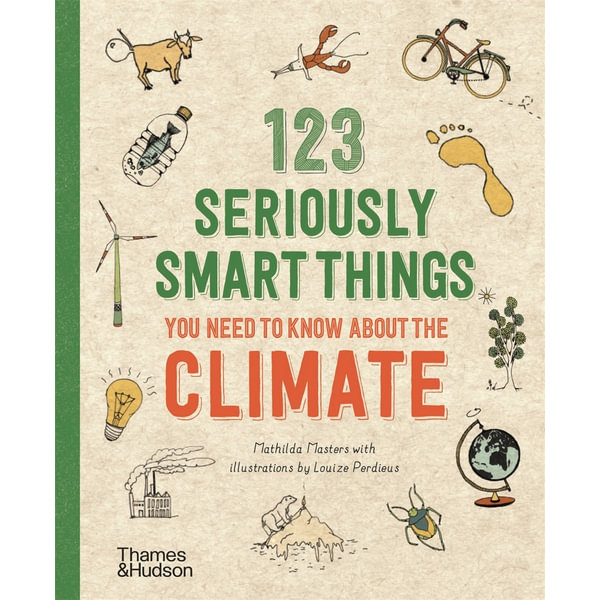 123 seriously smart things you need to know about the climate
by
123 seriously smart things you need to know about the climate
by
 Environment at risk the effects of pollution
by
Environment at risk the effects of pollution
by
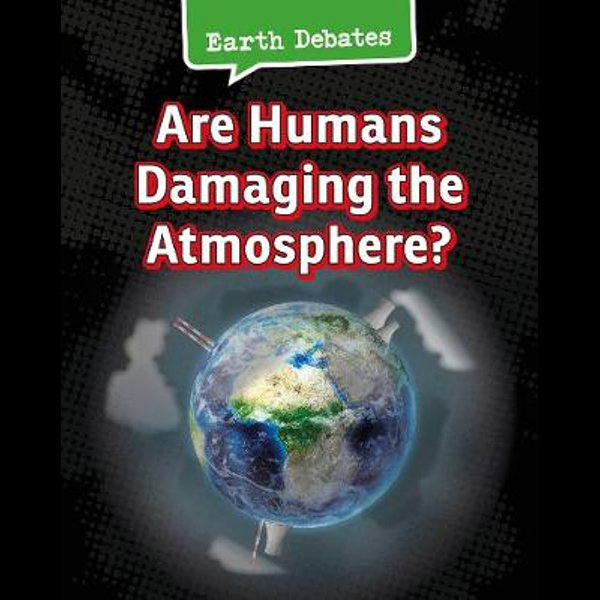 Are humans damaging the atmosphere?
by
Are humans damaging the atmosphere?
by
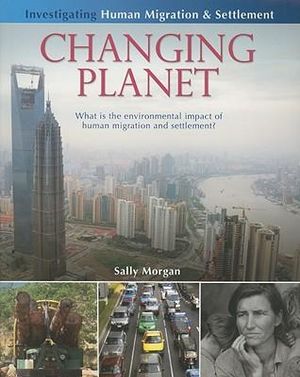 Changing planet : What is the environmental impact of human migration and settlement?
by
Changing planet : What is the environmental impact of human migration and settlement?
by
 Climate change
by
Climate change
by
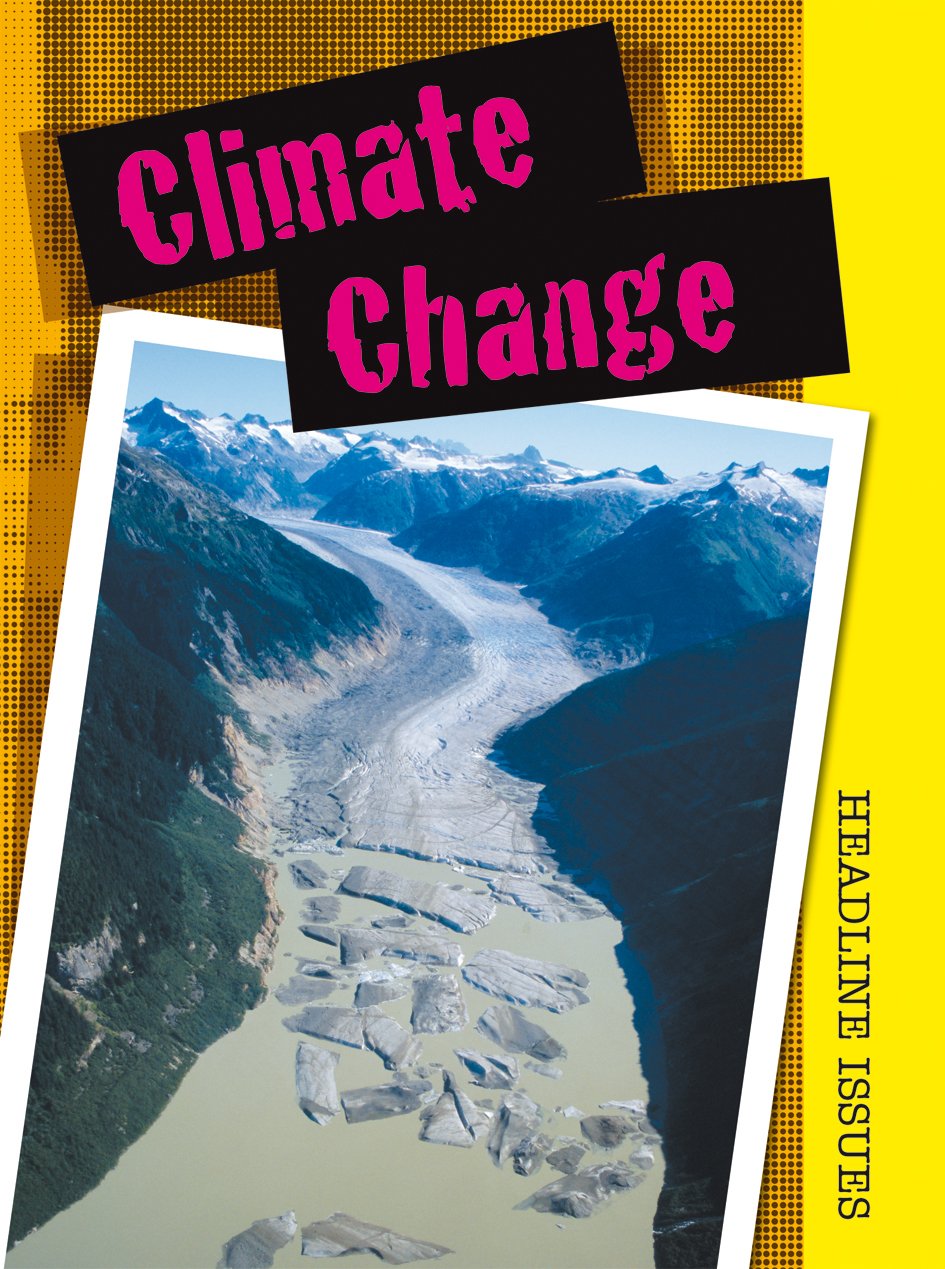 Climate change
by
Climate change
by
 Environment at risk the effects of pollution
by
Environment at risk the effects of pollution
by
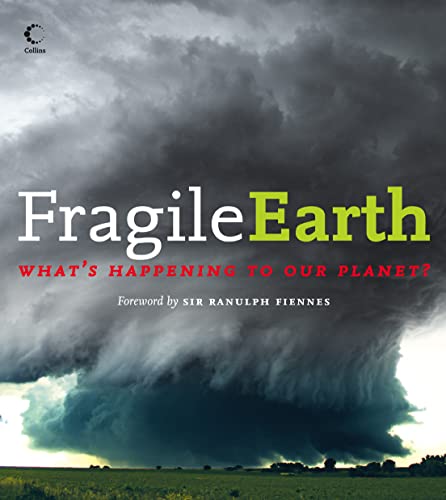 Fragile earth : views of a changing world
by
Fragile earth : views of a changing world
by
 Fragile earth views of a changing world
by
Fragile earth views of a changing world
by
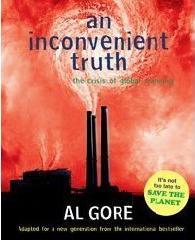 An inconvenient truth: the crisis of global warming
by
An inconvenient truth: the crisis of global warming
by
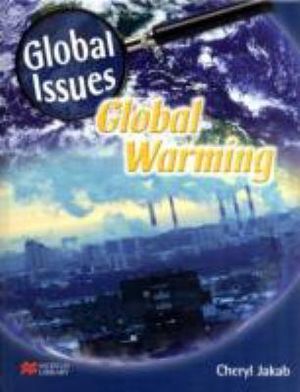 Global warming
by
Global warming
by
 How harmful are fossil fuels?
by
How harmful are fossil fuels?
by
 On borrowed time Australia's environmental crisis and what we must do about it
by
On borrowed time Australia's environmental crisis and what we must do about it
by
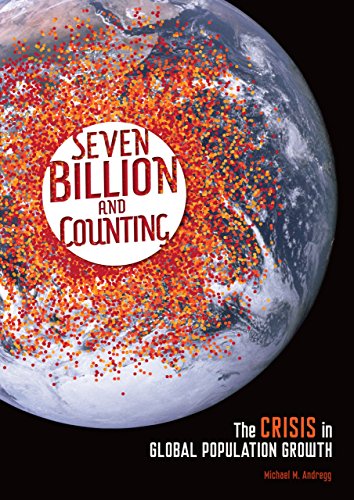 Seven billion and counting the crisis in global population growth
by
Seven billion and counting the crisis in global population growth
by
 What's really happening to our planet?
by
What's really happening to our planet?
by